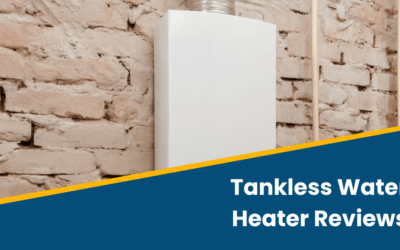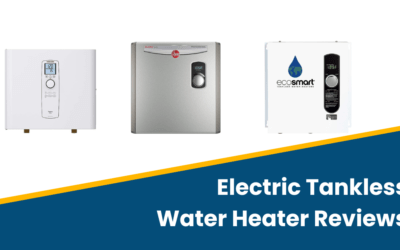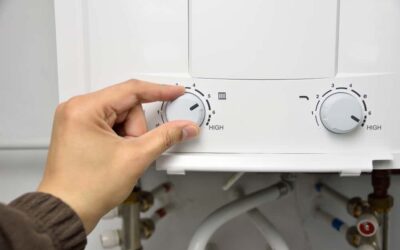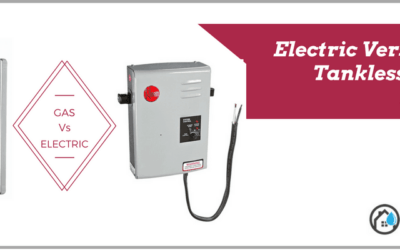If you’re looking for an energy efficient replacement for your home’s water heater, then you’re probably thinking about going tankless. According to Energy.gov, a tankless water heater will save a family of four an average of $100.00 each year.
Because tankless water heaters have become increasingly popular, the market has become saturated with dozens of different brands and models – not to mention the wide variety of sizes available – so how do you know which one to choose?
There are two important factors you need to consider before you make a decision:
Fuel Type
Your first step on the journey to finding the perfect tankless water heater for your home is to figure out which fuel type your home is equipped for. Your two choices are natural gas and electric.
If you choose the natural gas option, you must ensure that the gas supply line that runs to your home will adequately support your new tankless water heater. Your old water heater’s gas supply line may not be sufficient. Your home’s existing ventilation system will also need to be evaluated. In most cases, if you previously had a traditional storage tank style water heater, your home’s venting will likely need to be retrofitted.
On the other hand, if an electric water heater is calling your name, there are three things you will need to ensure.
- First and foremost, does your home have a proper voltage outlet?
- Secondly, will your tankless water heater have its own circuit?
- Finally, will your home’s current electrical system be able to support the amperage draw of your new tankless heater?
If the answer to any of these questions is “no”, you can expect to spend money on revamping your home’s electrical system.
Each fuel type has its own list of pros and cons. Traditionally, gas powered tankless water heaters have been the most popular of the two types because they offer more power than their electric cousins, and they are usually cheaper to operate. However, electric tankless water heaters are slowly beginning to close the gap on popularity. In the next twenty years, the cost of electricity is expected to become cheaper than natural gas, and many savvy homeowners are beginning to cast an eye to the future.
Water Demand and Flow Rates
Every faucet and appliance in your home has a flow rate. When it comes to faucets and appliances, a flow rate is defined as the volume of water that passes through an open line per a unit of time. Flow rates are generally measured in gallons per minute. For example, the average flow rate for a showerhead is 2.5 gpm. Unfortunately, the importance of calculating your home’s flow rate is often overlooked.
For your home, you’ll need to calculate the flow rate for each faucet and appliance that is likely to be run simultaneously and then add this number together. This number is going to serve as a starting point in your search for a new tankless water heater, as you’ll need to find a model that can meet the demand. For example, if you, your spouse, and your kids will be running multiple showers in the morning while getting ready for work and school, then a more powerful whole-home tankless water heater would be preferable to a point of use model that can only service one shower at a time.
During your search for a tankless water heater, there are three primary elements you need to focus on:
- Flow rate
- The temperature of incoming water
- How much the temperature of the incoming water will need to rise to reach the desired comfort level
Suppose you want to be able to take a shower in the evening while your washing machine is running (not an unreasonable request). Your low flow showerhead has a flow rate of 2.0 GPM, and your washing machine has a flow rate of 2.5 GPM. The average temperature of incoming water in your community is 50 degrees Fahrenheit, and you like for your hot water temp to be around 120 degrees F.
With these figures, you’re going to need to look for a tankless water heater that can raise the temperature (temperature rise) 70 degrees F at 4.5 gpm.
It’s important to remember that the more fixtures your tankless heater must supply hot water to at once, the lower the overall temperature increase is going to be. So unless you like taking cold showers, crunch your numbers carefully.
Conclusion
There is no right or wrong “type” of tankless water heater to buy. Every household’s hot water needs are different. The best tankless water heater for your home will be the one that perfectly meets those needs. When you finally find the right model, you’ll never have to worry about running out of hot water again.







